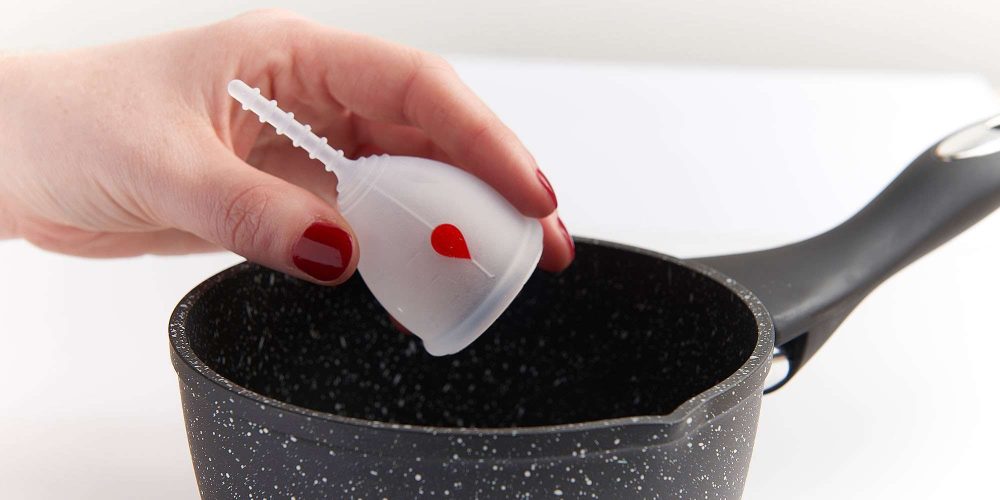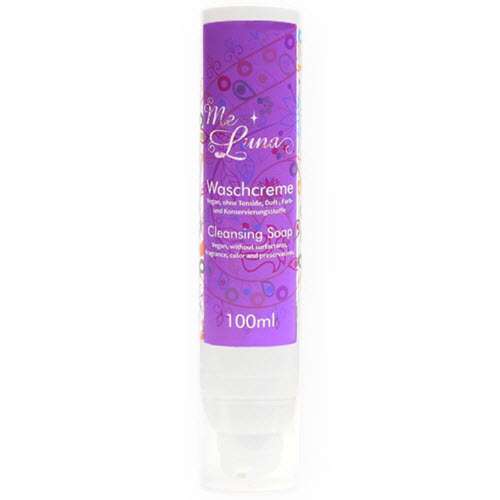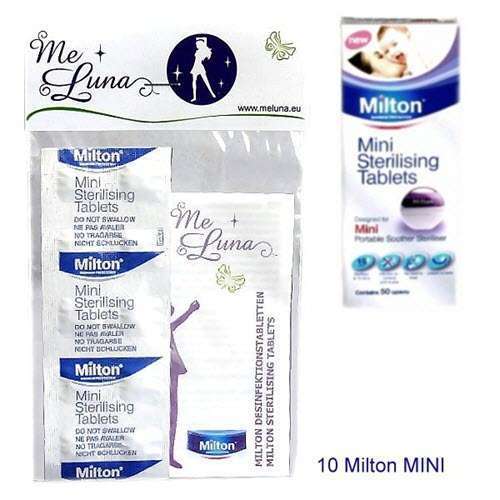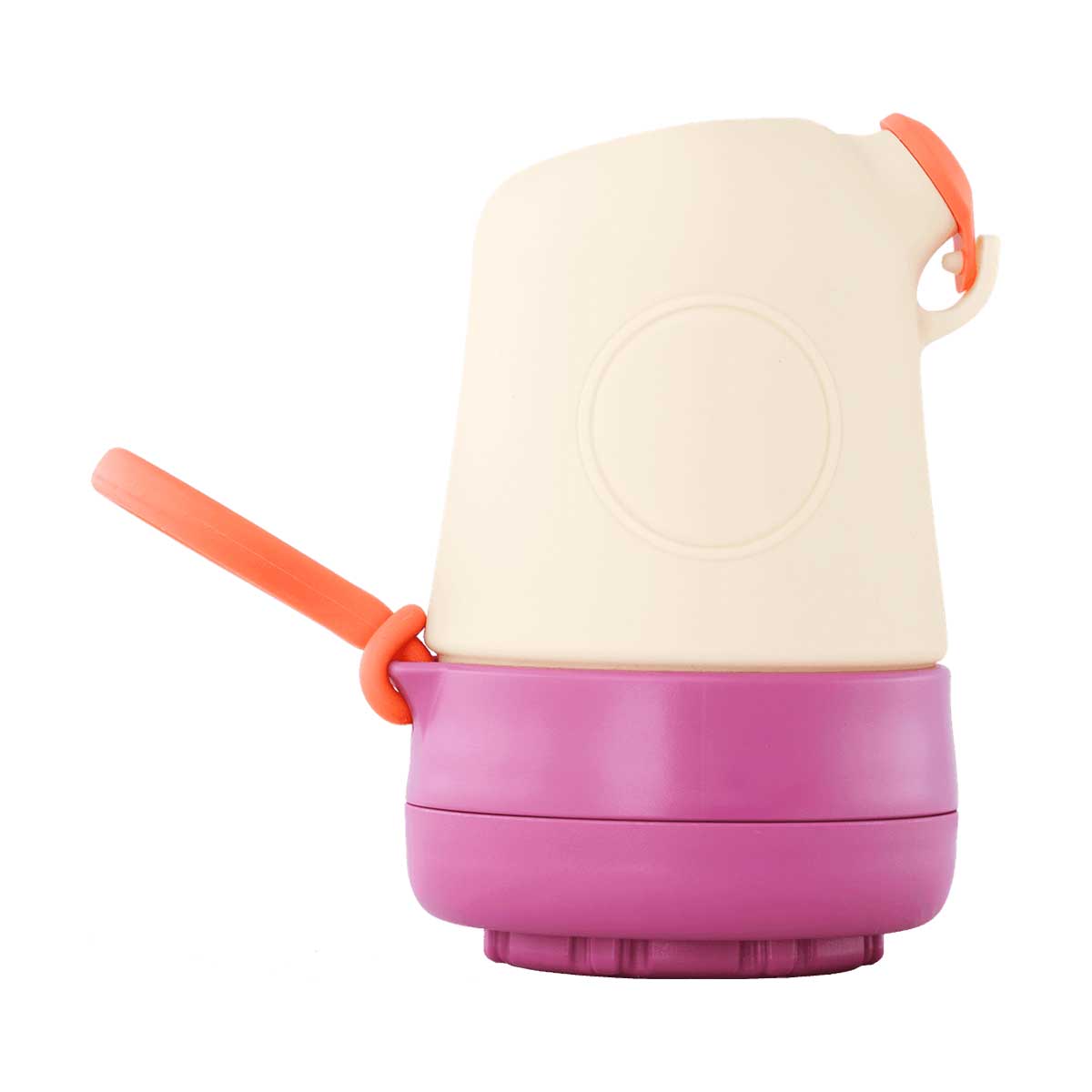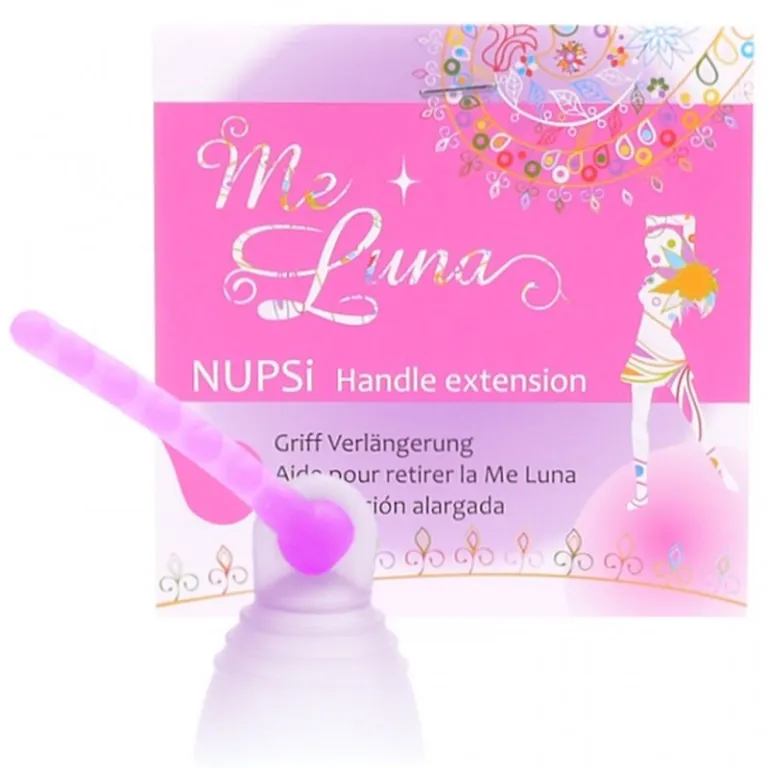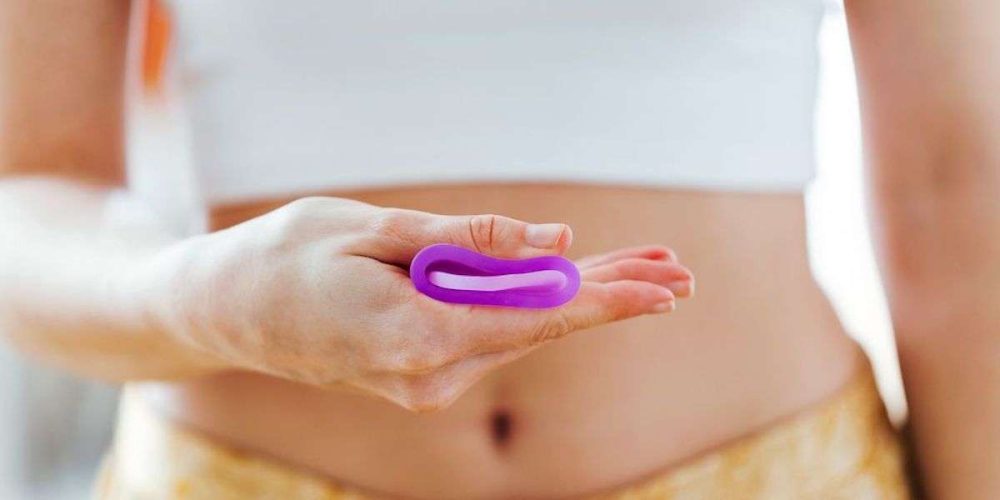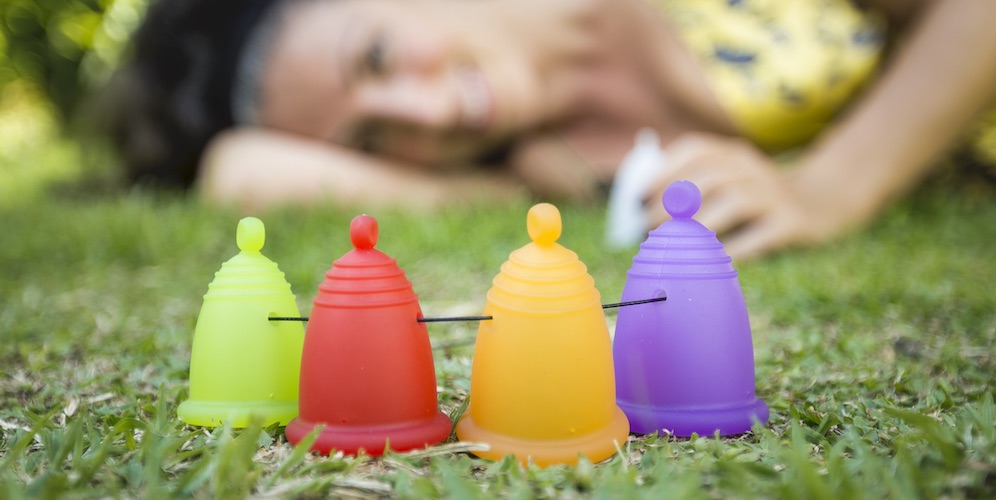Wondered how you can keep your menstrual cup like new? Here is all you need to know on how to clean your menstrual cup to be able to keep it as long as possible.
Regardless if you just started using menstrual cups or if you are an experienced cup user, I thought it would be helpful to compile all the hygiene tips to give your cup a long and healthy life.
Before we talk about hygiene of the menstrual cup I should mention that in the leaflet that accompanies it provides all the information required for a proper use and maintenance. Always read it with care! I thought it would be helpful to compile all the tips, what do to and what to avoid. Make sure you read my FAQ answering many other random questions about menstrual cups.
Basic practices regarding hygiene of the menstrual cup to avoid catching an infection or damage your menstrual cup
- Before handling the menstrual cup wash your hands with normal soap.
- On the first ever use of the menstrual cup, sanitize your menstrual cup. See in this post the various ways to do it.
- You need to sterilize your cup only once per cycle, at the end or at the beginning. While you are having your period you can simply rinse your cup with water and mild soap when available.
- After its last use of your period, wash your menstrual cup carefully and store it in its own pouch or box provided with your cup.
- It is recommended to rinse the cup with cold water at first when it has just been removed. The use of cold water help prevent staining and odor. Then you can use hot water with a neutral soap.
- Long fingernails should be thoroughly brushed. Beneath them is accumulated organic material also including bacteria and fungi. If the nails are not properly washed, you may introduce them into the vagina. Same thing goes for using tampons without applicators.
- The tiny suction holes that are near the rim of most menstrual cups needs to be kept clean. Use cleaning brushes to to do so. Another easy technique: Fill the cup with water, place your palm on it, turn upside down and squeeze! When the water squirts out through the air-holes, they should be instantly cleaned!
Boiling your menstrual cup
Boiling is a method that ensures optimum disinfection of the menstrual cup with adequate reduction of the charge of bacteria, fungi (yeasts) or viruses that may be present on it.
The use of heat, in this case wet heat, is known since antiquity and has been applied for example to implement the effective method of food pasteurization. Most of the bacteria and pathogenic viruses for humans are already inactivated at temperatures of 65 ° C. For this reason the boiling is a safe method, since the temperature of 100 ° C are denatured proteins of cell membranes and the cells are destroyed.
1/ Boiling your menstrual cup in a pot
It is NOT absolutely necessary to boil the menstrual cup between an insert and the other. Tap water is safe to wash it. Only some special occasions (eg. no access to clean water in foreign countries) may require the use of natural bottled water.
According to the manufacturer’s indications the menstrual cup is boiling over medium heat for 5 minutes in a pan (careful not to forget it on the fire, because if the water evaporates the cup burns).
Here is a little tip, put your cup in a cooking whisk that was it will keep it from being in direct contact with the pan.
2/ Boiling your menstrual cup in the microwave
You can use your microwave to sterilise your menstrual cup. Use a micro wave friendly container with no lid (plastic or glass). The cup must be totally immersed in water. Heat 6-7 minutes at 750 W
It is a safe way to clean your cup as you have less chance to forget your cup on the stove and burn it. The good news is that many brands have designed little Tupperware specifically designed for cleaning menstrual cups in microwave.
Clean your menstrual cup with Neutral soap
Rinsing your cup with water in between uses is enough but If you want to use soap, use one must be strictly: pH neutral with no perfumes and no antibacterial agents. There are soaps that have been specifically formulated to clean menstrual cup ensuring it won’t leave any residue that could irritate your vaginal mucous membranes. They can also be used as intimate soap or to clean sex toys. We recommend you the Cleansing soap by Me Luna.
If you are you already use intimate soap you can also use it to wash your menstrual cup. If you want to use a soap make sure this is a unscented a as basic as possible like a Marseille soap and make sure you rinse it very well. Don’t use those chemicals hand wash with fragrances. Remember that your cup will sit many hours in your vagina you don’t want chemicals going there.
This kind of cleaning is not disinfecting your cup, it’s for the everyday cleaning. it is sufficient during your cycle unless you feel the need to do a deeper clean.
Clean your menstrual cup with Milton tablets
You can also use sterilizing tablets like Milton. It takes just 15 minutes to sterilize your menstrual cup (or anything else, baby bottles, teats etc…). One tablet is sufficient for 5 liters of disinfection solution. You may halve or quarter the Milton tablet and use correspondingly less water to solve it. (1/4 tablet in 1,25 l cold water). Milton solution can be kept for 24 hours so you can continue to put items in, and take them out when you are ready to use them throughout the day. It is fast and very efficient. Also the most convenient thing to bring if you are traveling and are not able to boil water.
Milton protects your menstrual cup from harmful germs and bacteria. It kills germs such as E-coli, Listeria, Salmonella, Campylobactor and Rotavirus (which can cause gastroenteritis), and Candida albicans (which can cause thrush).
Clean your menstrual cup with Emanui cleaner
Emanui is a menstrual cup cleaner and steriliser, made of high-quality medical silicone. It fits the most popular menstrual cups (all cups which have a stem). Perfect to have in your purse to be able to clean your menstrual cup when you are on the go and have no sink available to rinse it.
Natural ways to clean your cup
If you are more into natural solutions and DIY, you can use natural products diluted in water such as white vinegar (the clear one). They can be used cold or added to the water after boiling the cup. Afterwards, rinse the menstrual cup with water.
Soak your cup briefly (3 minutes maximum) in a “10% white vinegar, 90% water” solution. That way you are sure to not damage your cup and it’s a bit easier than pulling out pots. White vinegar is very cheap and a non polluting product. It’s also great to have in the house for cleaning purposes (cleaning your kettle, your windows and much more).
How to store your menstrual cup?
Before storing the menstrual cup wash it thoroughly in cold water. Pay attention to the suction holes and make sure they’re always clear or any organic residue. The pouch usually provided with you menstrual cup is breathable to avoid bacterial proliferation. Put the cup in its bag in a clean, dry place (no airtight container as I mentioned above)

